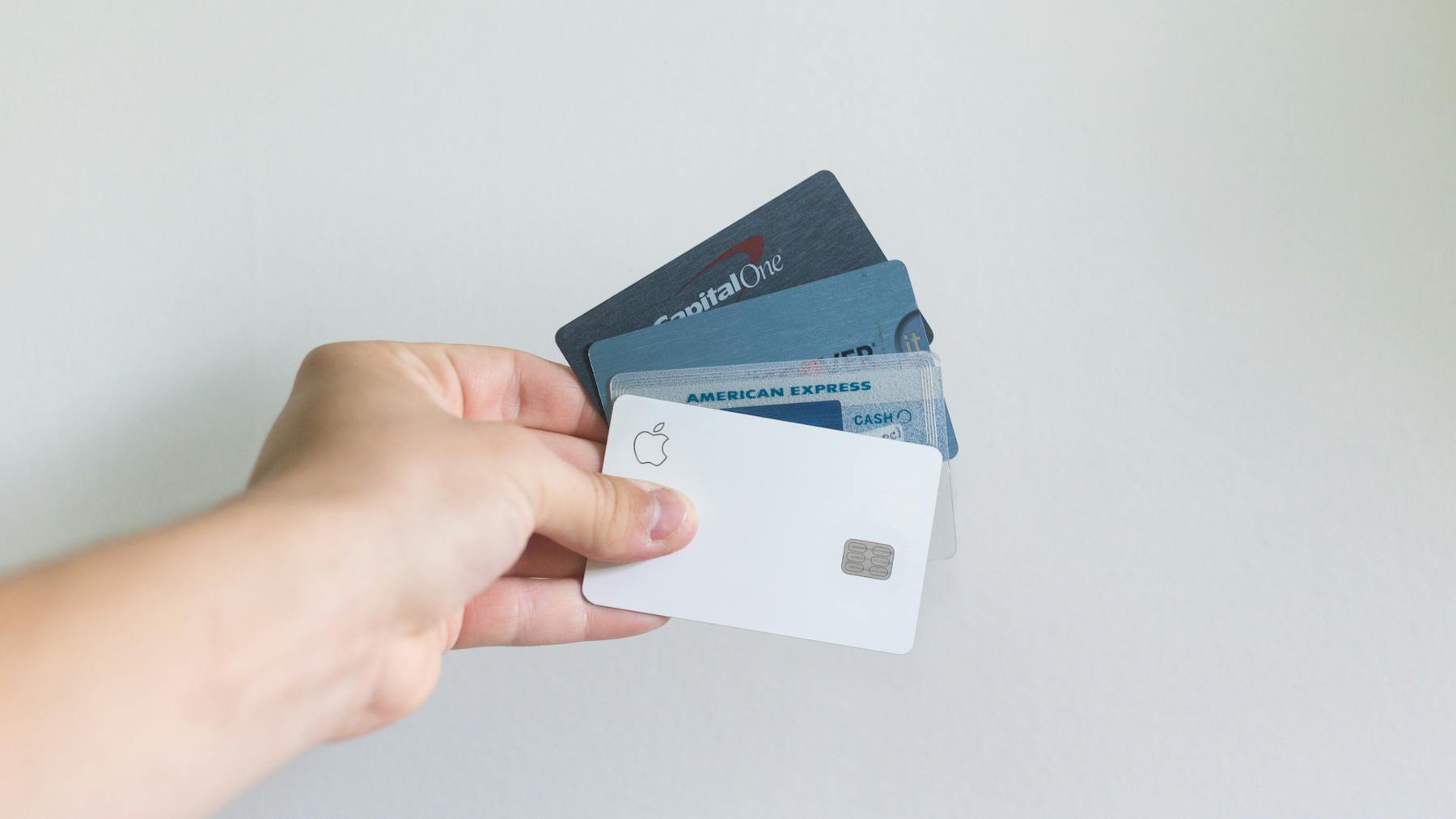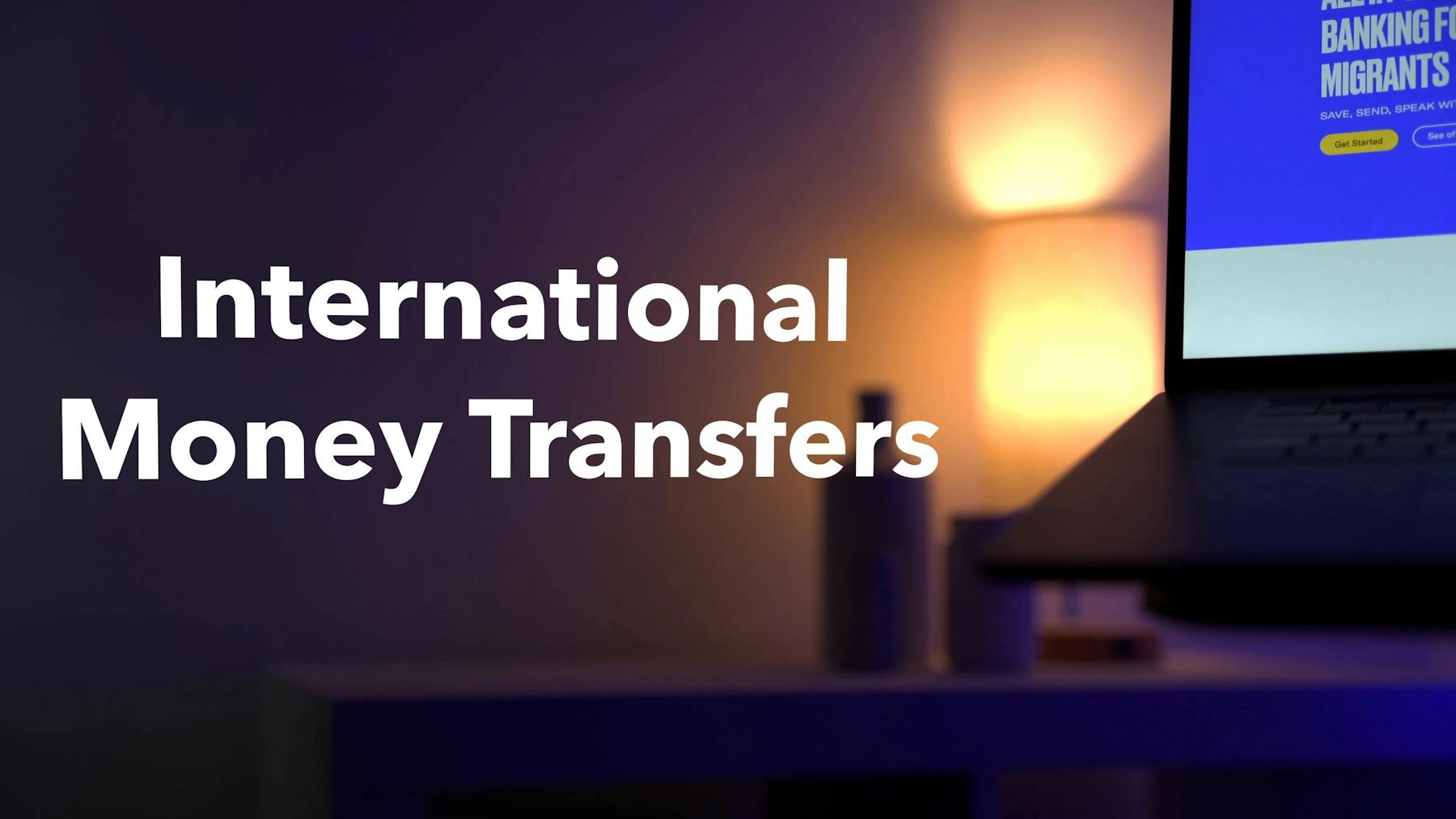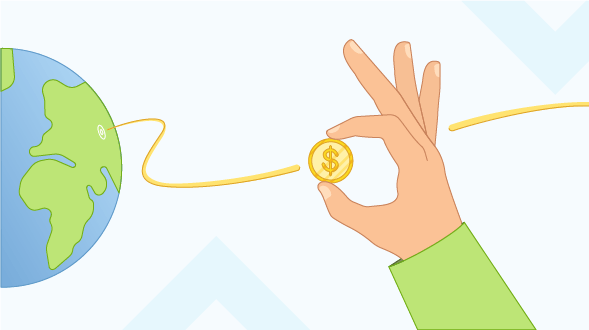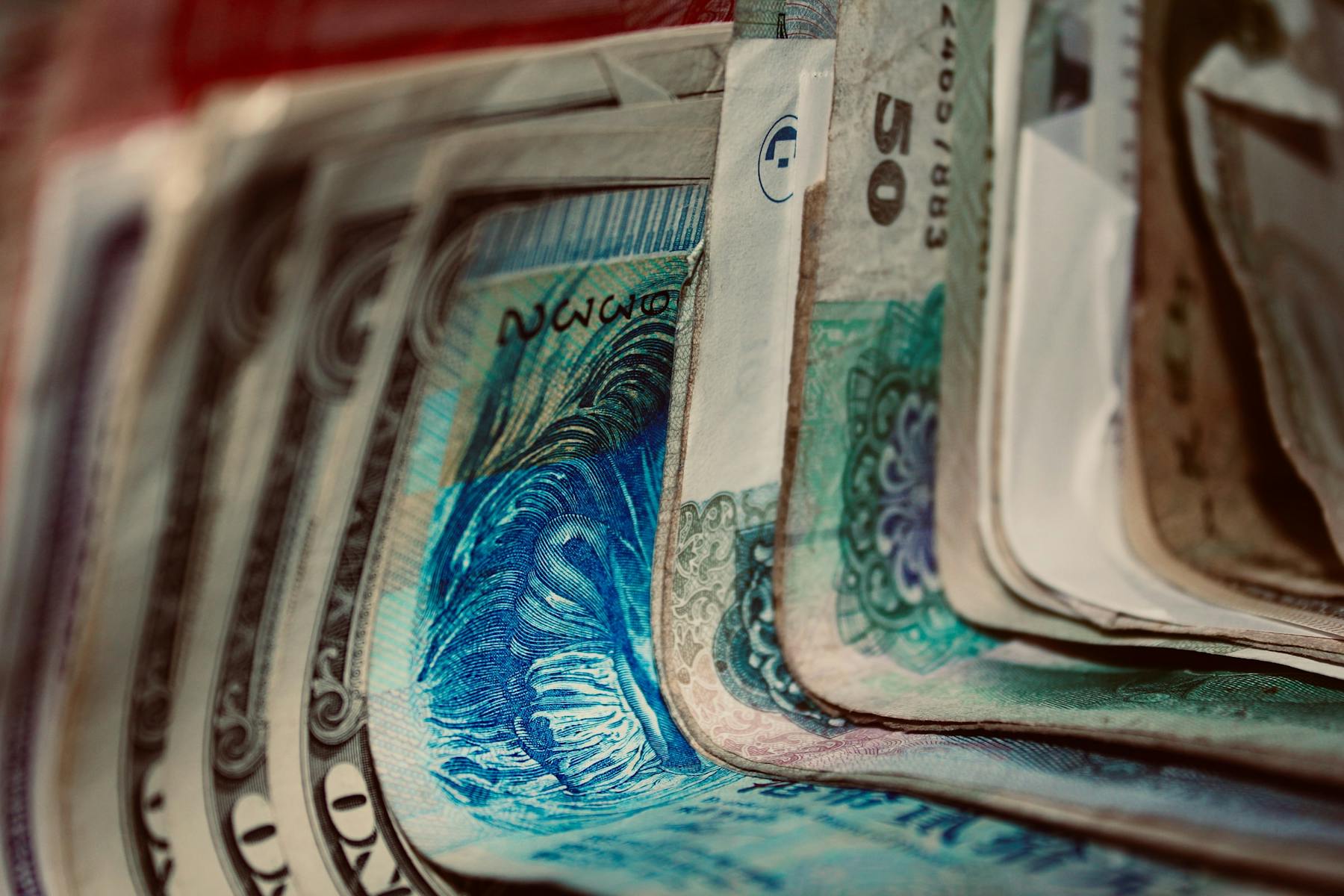
ACH vs Wire Transfers: Everything You Need To Know

Byron Mühlberg
Guide

Monito's Managing Editor, Byron has spent several years writing extensively about financial- and migration-related topics.
Links on this page, including products and brands featured on ‘Sponsored’ content, may earn us an affiliate commission. This does not affect the opinions and recommendations of our editors.
Read moreAre you curious about the difference between ACH payments and bank wires? While both are used to move money from one bank account to another, there are several key differences to bear in mind between the two. In this guide, we go over how they differ, as well as how to choose which transfer type is right for you.
Monito's Recommendation
We recommend avoiding bank wires due to their high fees. Use our real-time comparison engine to find online money transfer services that will give you a much better deal.
ACH vs Wire Transfers: What’s the Difference?
Broadly speaking, while ACH payments and wire transfers are both two types of bank transfers, they differ quite considerably in how they're used. And while these differences are largely very technical in nature, they can all be boiled down to the fact that ACH payments are used to transfer more cheaply within the US, while wire transfers are used to transfer overseas or more quickly within the US.
What Is an ACH Payment?
ACH payments are routed through the ACH (Automated Clearing House), a US clearinghouse that functions as a "middleman" between banks by moving money electronically from one bank to another.
When you transfer money from your bank via an ACH payment, numerous transfers are grouped at specific times throughout the day and sent out in batches. Examples of similar payment networks abroad are the EU's SEPA (Single Euro Payments Area), the UK's CHAPS (Clearing House Automated Payments System), and Australia's Direct Entry.
What Is a Bank Wire?
Like ACH payments, bank wires (often used interchangeably with the term “wire transfer”) also send money electronically from one bank to another. However, the key difference is that each transfer is sent directly as an individual transaction and is not batched with other transfers when sent within the US.
When sent from the US to an overseas bank, instead of using the ACH as a payment network, wire transfers are sent through the SWIFT network, which functions as a middleman between banks worldwide.
To find out how to make a bank wire, whether within the US or abroad, look at our guide on the subject here.
ACH vs Wire Transfers: Speed & Cost
While ACH transfers from banks are usually either completely free or cheaper than bank wires, they take slightly longer to arrive — roughly two to three days. This is because the batching system means that transfers have to wait for a specific time slot until the money is moved along with the other transactions.
Bank wires, on the other hand, always require a fee that typically hovers between US$25 to US$40 for transfers from US accounts. However, these transfers are relatively speedy and generally take up to 24 hours to arrive if the transfer is made between two US banks or one to five working days if made internationally.
For the sake of comparison, imagine that you were travelling from Point A to Point B. You had the choice of using a taxi service such as Uber or Lyft or a carpooling service such as uberPOOL, Lyft Line, or BlaBlaCar. The taxi will move from point A to B more quickly without taking unnecessary stops, with the flip side being that the trip will cost more. On the other hand, a carpool will wait for a few people to fill up a car before it departs, and while the journey will be slower, it will also be cheaper.

ACH vs Wire Transfers: Security
ACH transfers can be stopped and reversed if there's an error detected or if fraud is suspected. The criteria to determine if a payment can be reversed tends to vary from bank to bank.
On the other hand, bank wires cannot be reversed, and scam risks can be high for the sender but low for the recipient. Senders should make sure that they are familiar with the recipient and make sure they have their banking details correct. On the other end of the transfer, the recipient bears minimal risk, and they can be confident that their money will arrive after a wire transfer has been sent their way.
Typical Uses of ACH vs Bank Wires
For budget-friendly transfers that are not time-sensitive or for transfers that occur regularly, ACH payments are a popular choice. Employers commonly use this type of transfer to pay employees or individuals making automated direct debit payments to utility companies for regular expenses, such as monthly electricity or internet bills.
On the other hand, if you need to send money quickly or urgently, bank wires are the way to go. For example, bank wires are often used to make a down payment to buy an apartment or a house when the money needs to be transferred quickly.
Sending Money Abroad? Avoid Wire Transfers
Similarly, if you need to make a payment to a foreign bank outside of the US, then wire transfers are usually the way to go too. Unfortunately, these can come associated with long waiting times (up to five business days) and hefty costs ranging anywhere between US$25.00 and US$40.00 per transfer.
If you're sending abroad, we recommend that you skip wire transfers through your bank altogether and instead use a third-party money transfer service to get the job done. By using a savvy network of global bank accounts, these transfer services dodge the SWIFT network, translating into faster payments and much cheaper exchange rates for you.
To compare your options from among this competitive market of services, run a search Monito's real-time comparison engine to find the best deal for you:
Compare Bank Wire Alternatives







Why Trust Monito?
You’re probably all too familiar with the often outrageous cost of sending money abroad. After facing this frustration themselves back in 2013, co-founders François, Laurent, and Pascal launched a real-time comparison engine to compare the best money transfer services across the globe. Today, Monito’s award-winning comparisons, reviews, and guides are trusted by around 8 million people each year and our recommendations are backed by millions of pricing data points and dozens of expert tests — all allowing you to make the savviest decisions with confidence.
Monito is trusted by 15+ million users across the globe.
Monito's experts spend hours researching and testing services so that you don't have to.
Our recommendations are always unbiased and independent.